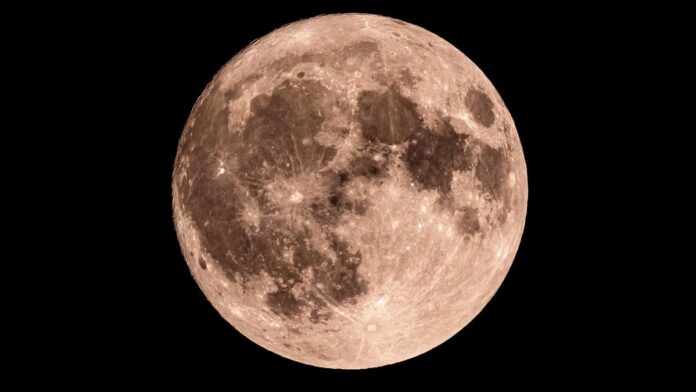Tonight, November 11th, the moon hangs in the sky as a fading crescent, a beacon in the waning phase of its lunar cycle. While we’re not quite at the Third Quarter yet – where half the moon will be bathed in moonlight on our left side – the shrinking illuminated portion is still substantial enough to offer some fascinating views through even casual observation.
What Phase Is it?
Tonight, specifically, the moon is Waning Gibbous. NASA’s Daily Moon Observation calculates that around 57% of its surface reflects sunlight back towards us. This means you won’t see a fully illuminated disc like during the Full Moon phase, but rather, an interesting shape with subtle details still visible.
A Night for Stargazing:
Even unaided by binoculars or a telescope, keen eyes can spot prominent features on our celestial neighbor tonight. The Aristarchus Plateau, Mare Imbrium (a large, dark plain) and Tycho Crater – a dramatic impact site with bright rays extending outwards – all offer interesting targets.
Keen astronomers can elevate their view further:
- Binoculars: Bring into focus the Alphonsus Crater, Gassendi Crater, and Clavius Crater – each displaying its unique morphology from our vantage point on Earth.
- Telescope: You might even catch a glimpse of the precise landing spots of Apollo missions 14, 15, and 16 – tangible remnants of humanity’s historic journey to the Moon.
Looking Ahead: The Lunar Cycle Continues
The next full moon, a truly illuminating sight, will grace our skies on December 4th. But for now, tonight’s Waning Gibbous phase provides its own kind of celestial beauty, inviting us to observe the subtle changes that mark the Moon’s regular journey through its phases.
Understanding these phases is key to appreciating the dance between our planet and its natural satellite. The moon completes a full orbit around Earth roughly every 29.5 days, revealing different amounts of its sunlit side as seen from our perspective. This consistent ebb and flow of illumination creates what we call the lunar cycle.
The Eight Phases: A Cosmic Waltz
- New Moon: Invisible to us because the moon lies directly between Earth and the Sun, with its unilluminated side facing us.
- Waxing Crescent: The first sliver of light appears on the right side (if you’re in the Northern Hemisphere).
- First Quarter: Half the moon is illuminated, resembling a classic half-circle shape.
- Waxing Gibbous: More than half the moon shines, but not yet fully lit.
- Full Moon: The entire face of the moon glows brilliantly.
- Waning Gibbous: The illumination begins to decrease on the right side (Northern Hemisphere).
- Third Quarter (or Last Quarter): Another half-moon, but now the left side is illuminated.
- Waning Crescent: A thin sliver of light remains before the moon once again disappears into darkness, ready to begin its cycle anew.










































